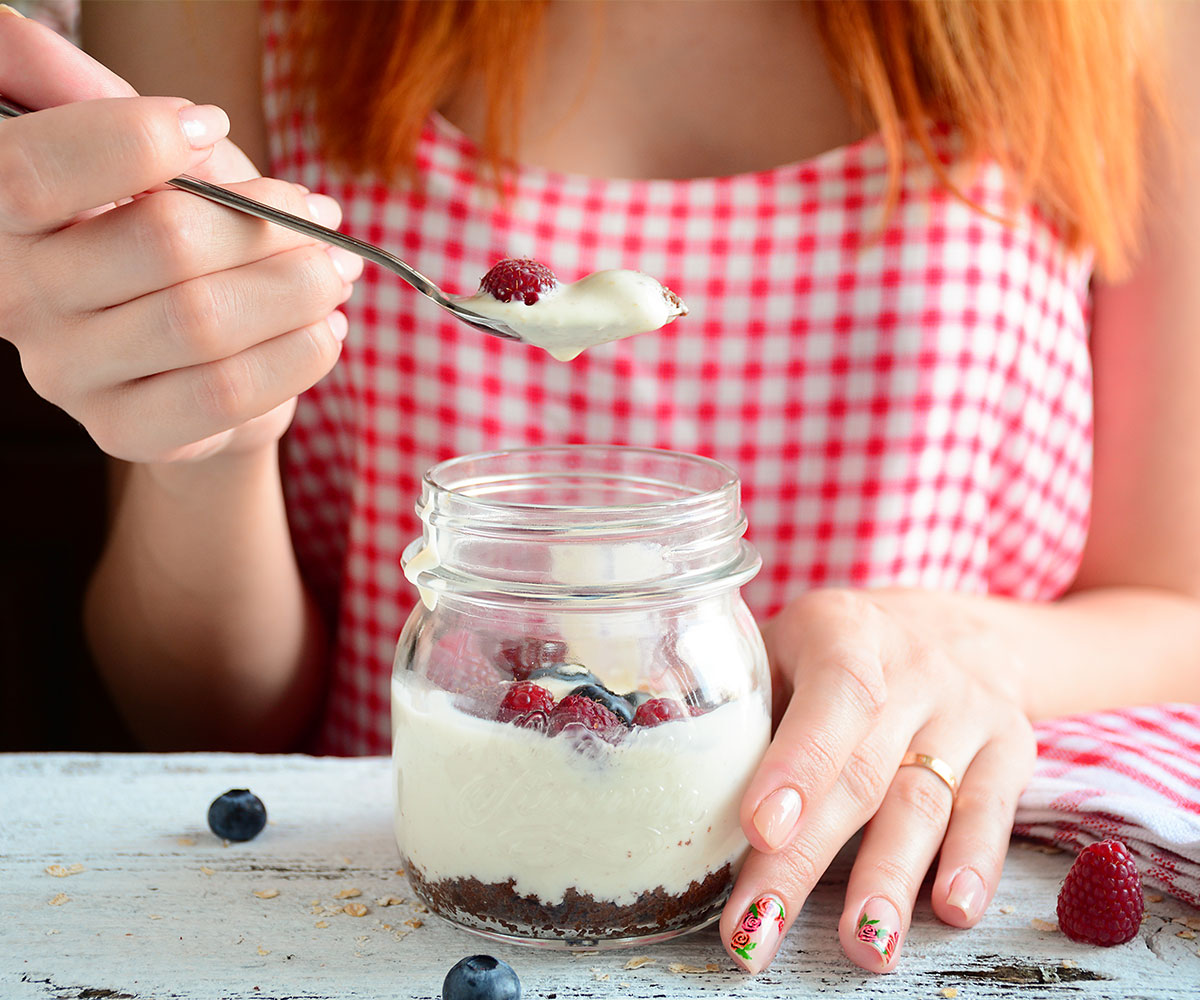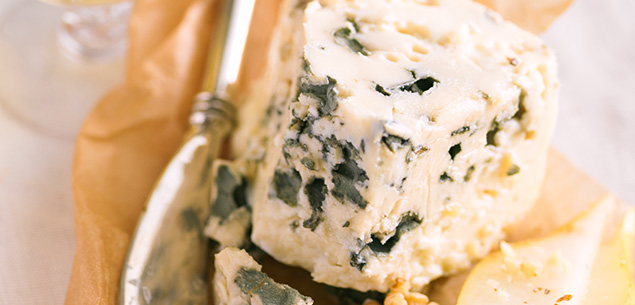New Zealand accent aside, there is a big difference between pre- and pro- when it comes to biotics. They each form part of an intricate puzzle that affects health and well-being in unseen ways.
Prebiotics are defined as “a selectively fermented ingredient that results in specific changes in the composition and/or activity of the gastrointestinal microbiota, thus conferring benefit(s) upon host health”.
Probiotics, according to the World Health Organisation and UN Food and Agriculture Organisation definition, are “live microorganisms that, when administered in adequate amounts, confer a health benefit on the host”.

In lay terms, probiotics are the helpful critters that live in your gut, and prebiotics are what you feed them to help them grow and benefit your health.
So, you can add good bacteria to your gut by consuming probiotic-containing fermented foods such as yoghurt. But as I’ve said, many people’s digestive tracts prevent standard probiotics from colonising them and there is considerable variation in how each individual’s gut microflora responds to these visiting organisms.
Your gut bacteria thrive on a diet rich in prebiotic-containing foods. This helpful “probiotic fertiliser” is found in the non-digestible fibre that occurs naturally in plant foods. Examples are fructo-oligosaccharides (FOS), inulin and galacto-oligosaccharides.

All of these are fermented by the gut bacteria, which in turn produce short-chain fatty acids such as butyrate, acetate, and propionate that may decrease cancer risks, improve laxation, and generally help promote a healthier gut thanks to their anti-inflammatory, antitumorigenic and antimicrobial effects.
A number of trials have shown a link between eating certain foods and significant changes in the composition of the gut microbiota, so the prebiotic effect is well established.
Unfortunately, though, for people following a low-Fodmap diet for the treatment of irritable bowel syndrome or endometriosis, prebiotics such as the three mentioned can trigger their symptoms, so are best avoided.
Foods rich in prebiotics include chicory, garlic, leeks, onion, asparagus and artichokes. Bananas, whole wheat, yams and sweet potatoes are also good sources.
Most importantly, our first food as newborns, human breast milk, is full of prebiotics, particularly oligosaccharides. Oligosaccharides are only partially digested in the small intestine, so pass into the colon, where they help stimulate the development of beneficial bifidobacteria in the newborn infant’s gut.

Clinical trials have shown that a Western diet – high in animal protein and fat but low in fibre – leads to a marked decrease in helpful bacteria such as the Bifidobacterium and Eubacterium species. A 30-day gluten-free diet in 10 healthy adults also led to a decreased population of “healthy bacteria” in the gut, and greater numbers of undesirable bacteria such as E. coli and Enterobacteriaceae.
Most New Zealanders don’t eat enough dietary fibre. The most recent National Nutrition Survey, done in 2008/09, found the average adult Kiwi male eats 22.1g of fibre a day, compared with the 17.5g of adult females. The recommended amounts are 30g and 25g respectively. The recommended quantities to reduce the risk of non-communicable diseases are 38g and 28g respectively.
The first step in improving our gut microflora could be as simple as eating more of the prebiotic-containing veggies, fruit and grains listed earlier. That will boost your fibre intake and the quantity of prebiotics in your diet, and in the process, help the beneficial bacteria in your gut to thrive.
Via our sister site Noted.

